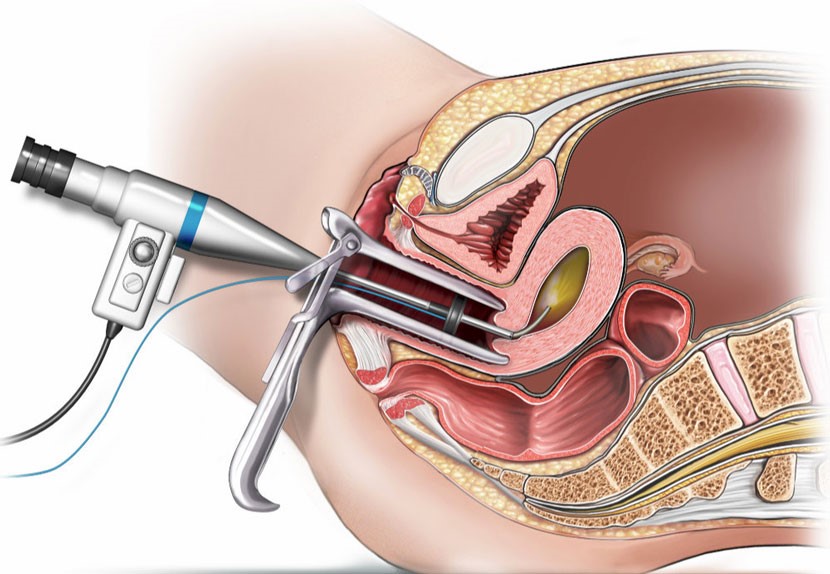Hysteroscopy
Hysteroscopy is a procedure used to examine the inside of the uterus. This is done using a hysteroscope. The images obtained from inside the uterus are sent to a monitor through this device, and the doctor can see the inside of the uterus well. This is a suitable method with minimal pain for viewing the inside of the uterus, which does not require a cut in the skin and is done quickly.
A hysteroscope is actually a thin tube that a gynecologist uses to enter the vagina and examine the cervix and inside the uterus. This thin tube has a camera lens at the end of its body that displays images on the doctor's monitor. Sometimes, using a hysteroscope, a special tool for sampling or a laser is inserted into the vagina and uterus, which is a therapeutic hysteroscopy along with a diagnostic one.
Diagnostic hysteroscopy
This procedure is suitable for identifying uterine problems, diagnosing causes of infertility in some cases, confirming the results of tests such as hysterosalpingography or color imaging of the uterus, which is sometimes used in conjunction with laparoscopy or before curettage.
Some uses of diagnostic hysteroscopy include:
• Diagnosing polyps and fibroids (non-cancerous uterine masses)
• Investigating and finding the cause of pelvic pain
• Finding the cause of recurrent miscarriage
• Investigating fertility issues and problems, including causes of infertility in women
The best time to perform hysteroscopy
The best time to perform this procedure is several days after the end of your menstrual period to a week after it, because at that time the doctor has a very good view to evaluate and observe the internal parts of the uterus.


